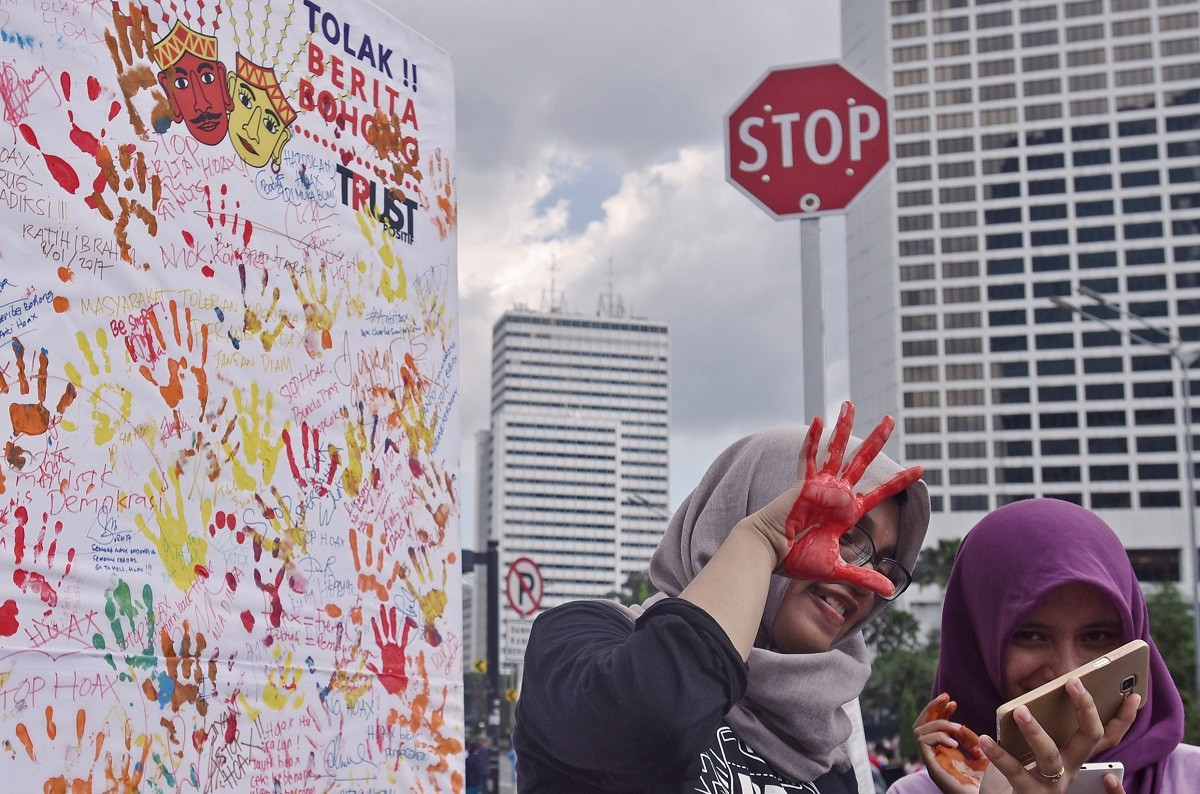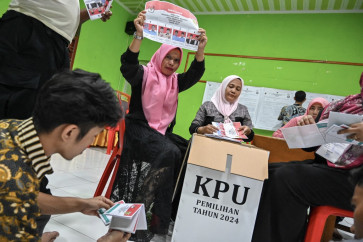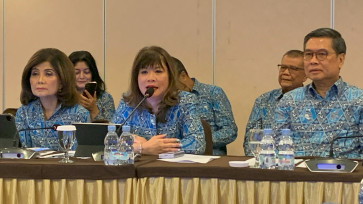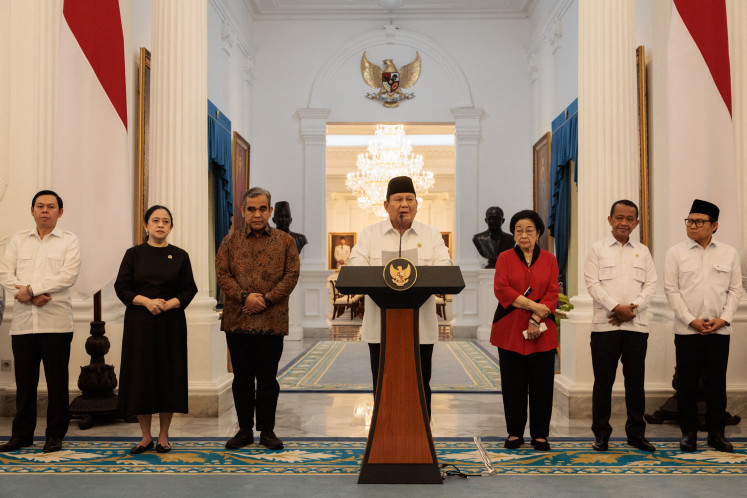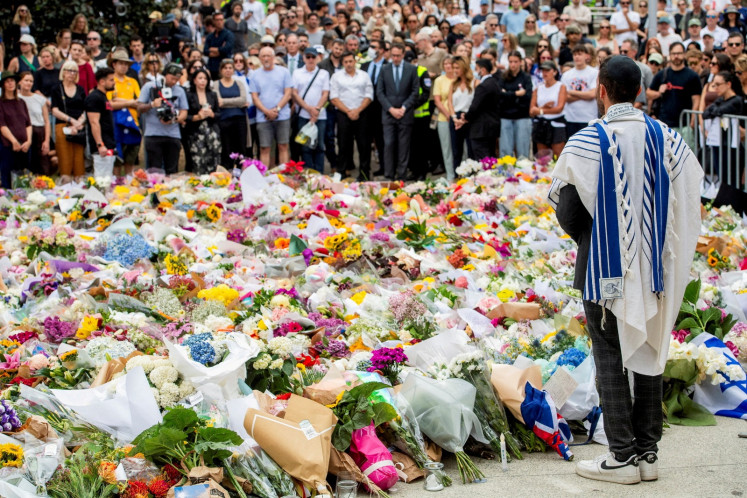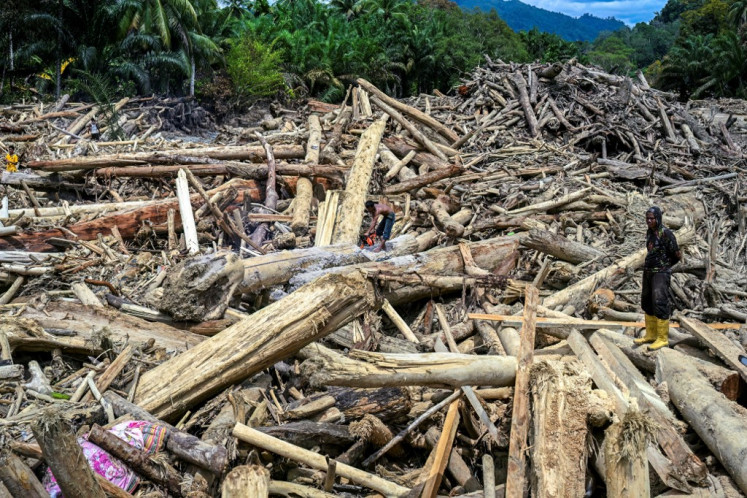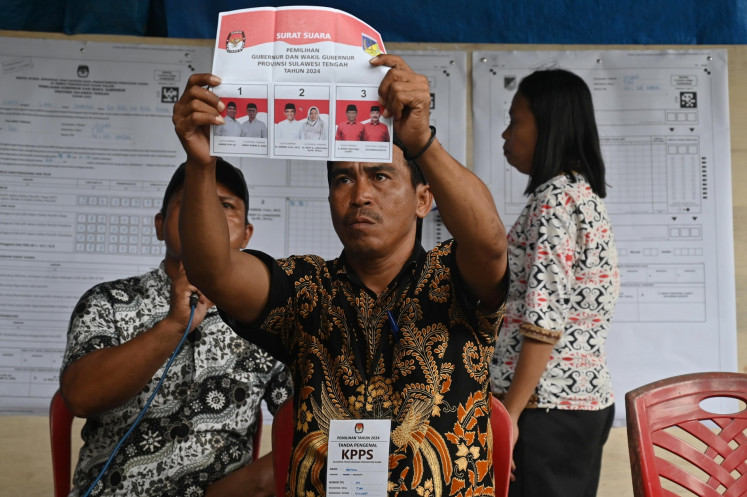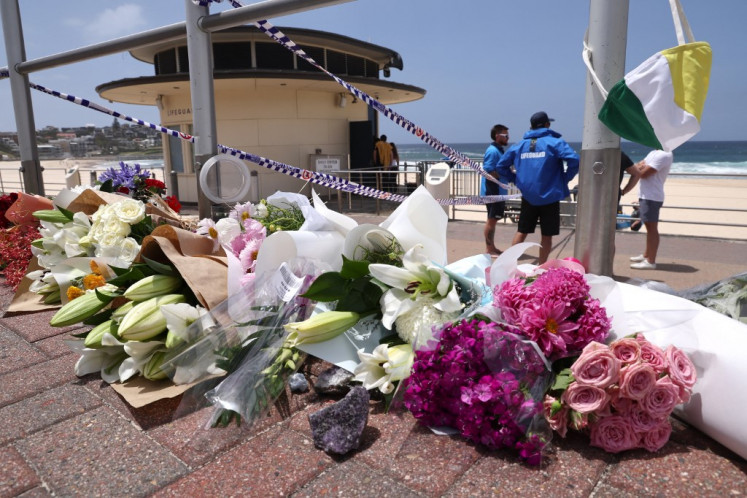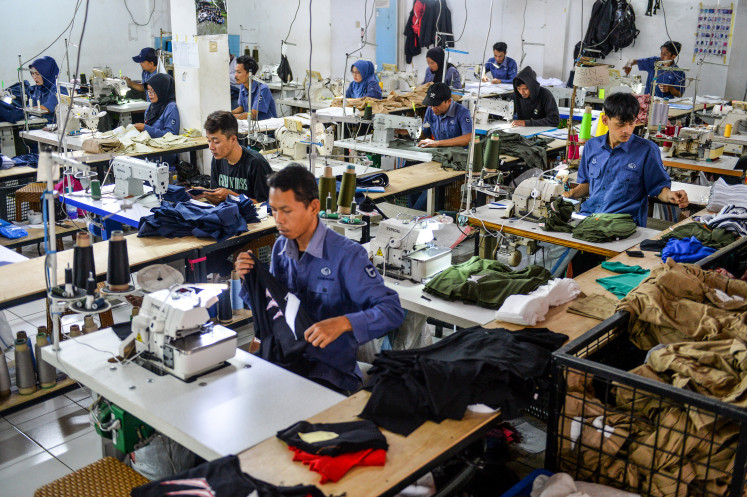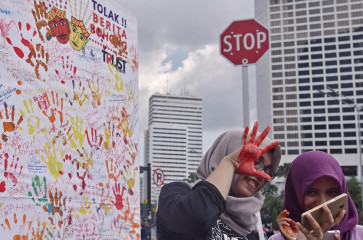Popular Reads
Top Results
Can't find what you're looking for?
View all search resultsPopular Reads
Top Results
Can't find what you're looking for?
View all search resultsAs political tension heats up ahead of 2024, Indonesia needs to dismantle disinformation
Both social media usage and disinformation tactics show rising trends. The 2022 Young Voters survey report from the Jakarta-based Centre for Strategic and International Studies (CSIS) expounded that social media progressively becomes the most-preferred medium for political expression and the primary source of information for the youth, who will also be the majority in next year’s election (54 percent).
Change text size
Gift Premium Articles
to Anyone
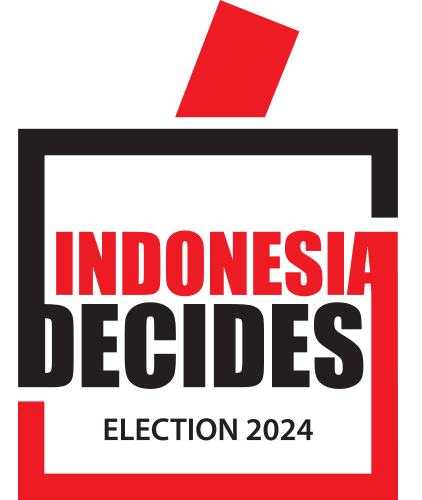
The political climate steadily heats up en route to the 2024 general election. As we have observed in the previous election cycles, the proliferation of disinformation on social media may fuel detrimental political discourses. As the rules and dynamics of social media evolve every second, so does the pattern of disinformation campaigns.
Both social media usage and disinformation tactics show rising trends. The 2022 Young Voters survey report from the Jakarta-based Centre for Strategic and International Studies (CSIS) expounded that social media progressively becomes the most preferred medium for political expression and the primary source of information for the youth, who will also be the majority of voters in next year’s election (54 percent).
Similarly, the 2020-2021 infodemics show that information disorder often rides the waves of public conversation. The tide is rising again in the upcoming 2024 election, as demonstrated by the hoax statistics from the Communications and Information Ministry. The increasing centrality of social media may enable disinformation to create harsher effects in the forthcoming election.
At least five lingering issues need addressing. First, false information now comes in more complex forms. The Indonesian Anti-Slander Society (Mafindo) data revealed that in 2020, around one-third (38 percent) of the reported hoaxes came in a mixed format of the text, audio, video, photos and images. In 2021, the number increased to almost two-thirds (64 percent), along with the surging popularity of short video-sharing platforms. A complex format entails more intricate debunking steps, providing novel challenges for mitigative efforts.
Second, steps to mitigate disinformation are aplenty, but endeavours to prevent it from spreading are fewer. Emulating the supply chain, there are upstream and downstream elements of information disorder. The upstream deals with production, while the downstream deals with dissemination.
Steps taken downstream are primarily designed to prepare the audience, curb the spread or respond with facts. For example, the Digital Literacy Program improves people’s information literacy. Messaging platforms’ forwarding limits impede false messages’ virality. Fact-checking initiatives and “hoax-buster” tools by journalists and civil societies provide factual counternarratives.

These interventions are all necessary and have yielded results. However, relying on mitigative or debunking steps alone may only counteract so far. After all, most Indonesians (68.4 percent) are still unsure of their ability to identify hoaxes. Preventive measures need to be the first layer of defense.

